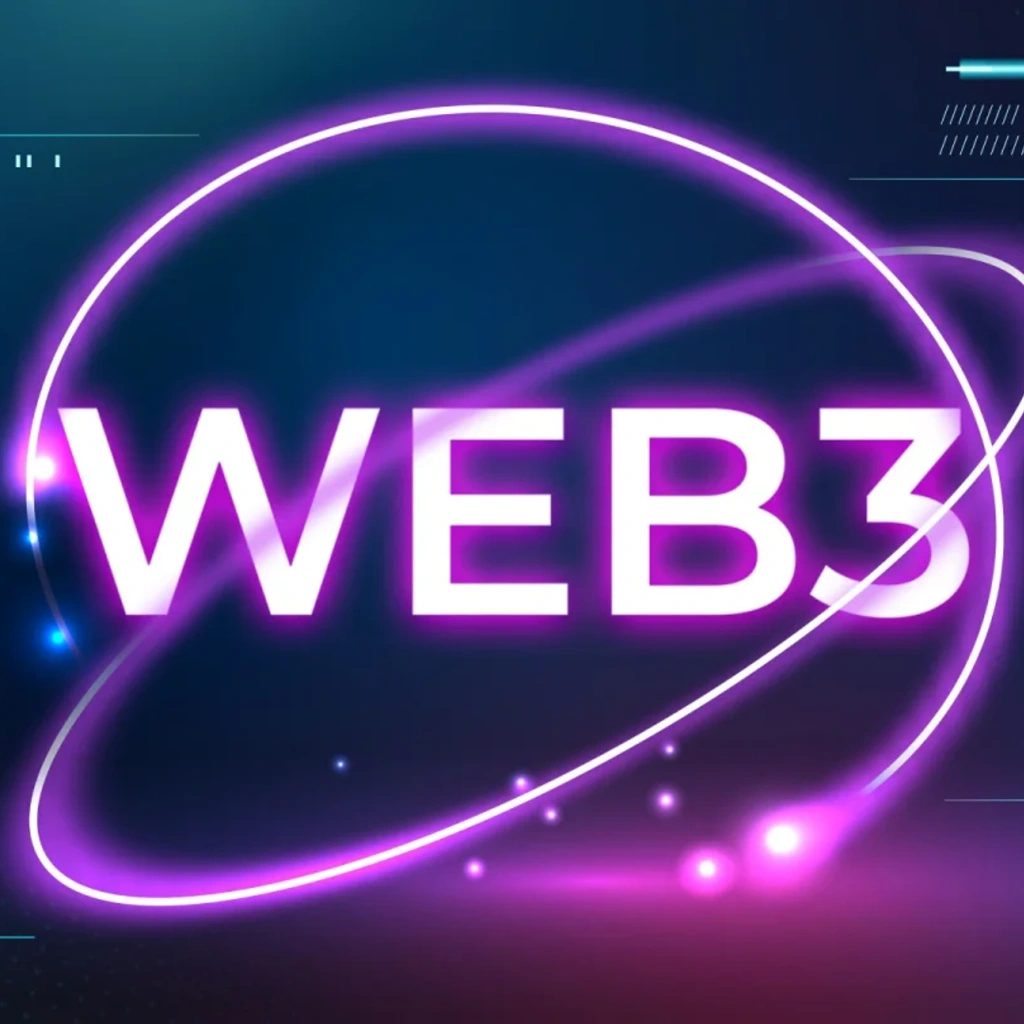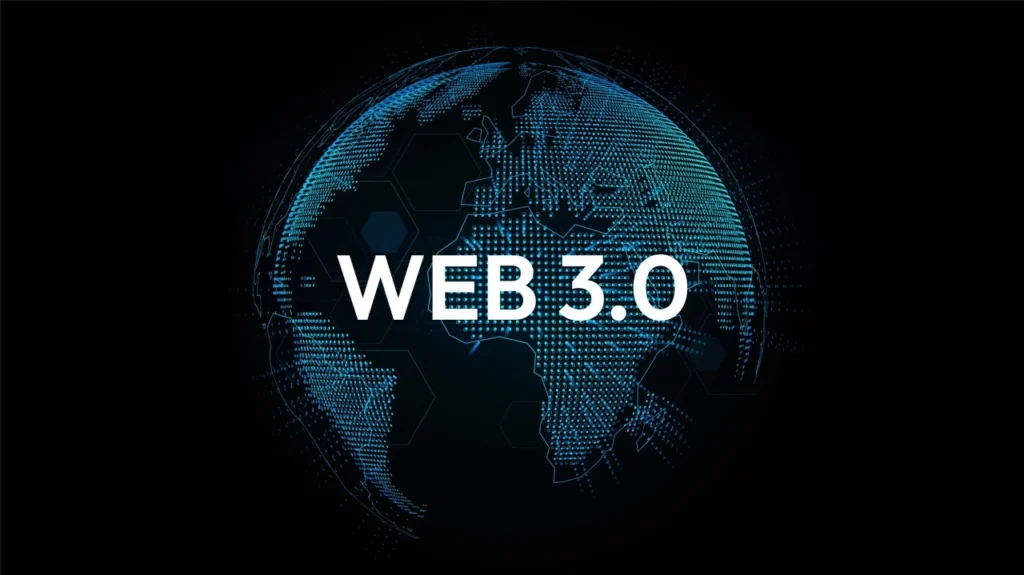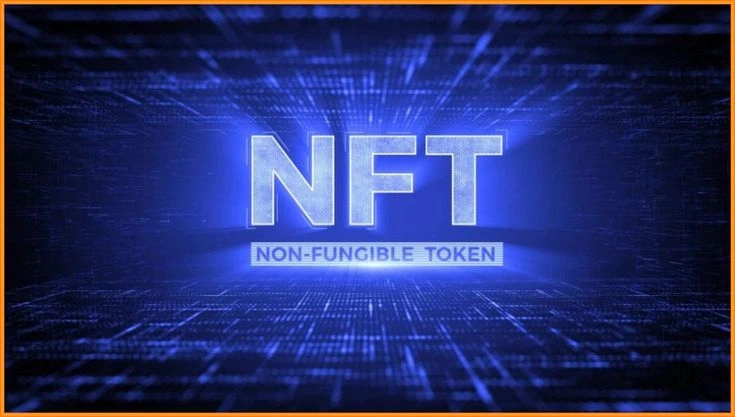5 Things You Need to Know About Web3 (Before Buying the Hype)
June 13, 2025

Web3 has become the new tech-world buzzword, popping up in conversations from blockchain bros to skeptical boomers. But is it really a revolution—or just rebranded crypto hype? Let’s break it down into five key ideas to help you make sense of the chaos.
1. Web3 = A Decentralized Internet

At its core, Web3 is about giving power back to users. Unlike Web2, where platforms like Google, Facebook, and Amazon control your data, now it is built on blockchain technology that allows for peer-to-peer interaction without a central authority.
Think of it as an internet where you own your data, your identity, and your content.
Key takeaway: It is is trying to replace Big Tech with code and community.
2. Web3 explained: It’s the Next Step in the Internet’s Evolution


Let’s simplify the web’s timeline:
- Web1: Read-only (early static websites)
- Web2: Read + write (social media, apps, user-generated content)
- Web3: Read + write + own (blockchain-based ownership and value exchange)
Ownership is the big upgrade here. Artists can sell NFTs, gamers can earn crypto, and users can get rewarded for participation. No more creating for free while platforms profit.
Why it matters: It adds economic layers to internet interaction—on your terms.
3. Web3 explained: It’s Not All About Crypto—But Crypto’s a Big Deal
Yes, Web3 is more than just cryptocurrency, but let’s not pretend crypto isn’t the backbone. Blockchain tokens (like Ethereum or Solana) make it run, enabling everything from transactions to governance in decentralized apps (dApps), DeFi (decentralized finance), and DAOs (decentralized autonomous organizations).
But remember: this space is still experimental. Some projects thrive; others vanish overnight.
Heads up: Crypto is essential for it—but it also brings risk, complexity, and volatility.
4. Web3 explained: It Has Real Potential (If You Can Handle the Learning Curve)

Web3 might sound like a digital dream, but it’s far from user-friendly. Setting up wallets, safeguarding private keys, navigating dApps—it’s a lot. And don’t get us started on scams, rug pulls, and regulatory blind spots.
Still, the promise is big:
- Privacy: Control your own data
- Monetization: Earn directly as a creator or participant
- Access: Open financial tools to the unbanked
Why care: Web3 isn’t just hype—it could democratize digital power, but it’s not there yet.
5. The Future? Still Unwritten
Some say Web3 is the inevitable next chapter of the internet: more open, fair, and transparent. Others think it’s a passing fad, fueled by crypto speculation and Silicon Valley dreams.
Chances are, the truth lies somewhere in between. Web3 has momentum, investment, and ideology behind it. But whether it becomes mainstream—or stays niche—will depend on regulation, usability, and actual value creation beyond buzzwords.
Prediction: It will evolve—but not without turbulence.
Final Thought


Web3 isn’t just about blockchain, NFTs, or the next crypto coin—it’s about reimagining how we interact with the internet. Whether you’re a believer, skeptic, or just crypto-curious, these five points should help you navigate the noise.
So—do you think Web3 is the internet’s future… or just another overhyped trend?
Relevant News: HERE

